Defining Personalized Learning Infographic
Education is moving away from the one-size-fits-all approach to one that utilizes technology and expert teaching practices to focus on each unique learner and his or her specific needs. The learner is placed in the driver’s seat guided by innovative teaching and supported by a variety of time-saving tools and 21st century principles that pace learning to student needs, tailor instruction to student preferences, and align education to student interests.
Take a closer look at the Defining Personalized Learning Infographic, and you’ll notice it all starts with the student at the center, who takes a much larger role in directing his or her educational journey than he or she would in a more traditional model. The learner is now an owner or partner in the process and is responsible for choosing the appropriate tools and strategies to drive his or her learning forward. That said, we know none of that can be possible without innovative teaching, which is why it’s critical that talented, resourceful, and empathetic educators are there to guide the process.
Beyond these key components, there are a variety of other drivers that are involved in making personalized learning successful. They include:
- Progress Checks: Don’t just ask “what’s next?”—know what’s next. Collecting frequent data points that reflect student growth helps educators celebrate progress and pinpoint where additional help may be needed.
- Partnership: It takes a village of parents, siblings, teachers, and other stakeholders working in tandem to help students meet their learning goals. Identify strategies to maintain open lines of communication all year long.
- 1:1 Interactions: You know your students best, and the insights that can be gained in just a few minutes spent working one on one with them are truly invaluable. Make time for these interactions in your otherwise-packed instructional schedule to leave a lasting impact.
- Self-Paced Curriculum: You need to have faith in the quality of the learning materials you and your students depend on. When selecting curriculum, it should be carefully sequenced, scaffolded, and delivered in time with your students’ needs.
- Around-the-Clock Access: This means more than just going digital. It entails providing learning tools with proven usability success and in-product support to ensure that students can be successful no matter where they choose to learn.
- Technology: In an age where technology is being used in the classroom more and more, it’s important to remember that not all programs are created equal. Technology should save you time and enrich the learning experience for both you and your students.
- Adaptive Environments: Education shouldn’t be tied to a fixed location. The concept of 21st century learning implies flexibility that suits each student’s needs. Whether students are at school or at home, a personalized approach to learning should be happening everywhere learning occurs.
As you connect each of these dots to find out more about personalized learning, it’s also important to keep the goals of this education model firmly rooted in your understanding. Personalized learning approaches work to ensure equity by providing all students with learning opportunities that cater specifically to their needs. Additionally, they are intended to raise achievement by employing the right tools to help every student attain success. Finally, this educational principle has the power to inspire student agency by allowing learners to take ownership over their own academic goals. The end goal should always be to facilitate a deeper, more effective learning experience.
Find interesting articles on personalized learning here.

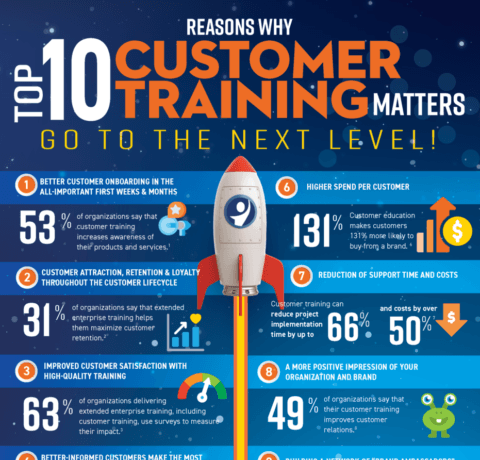
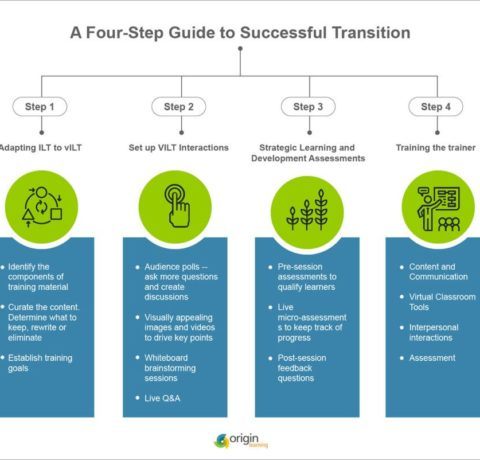
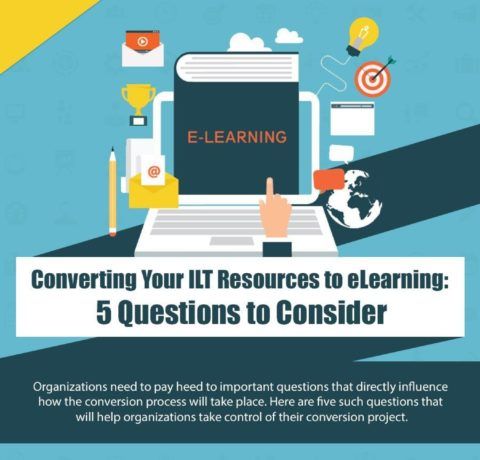
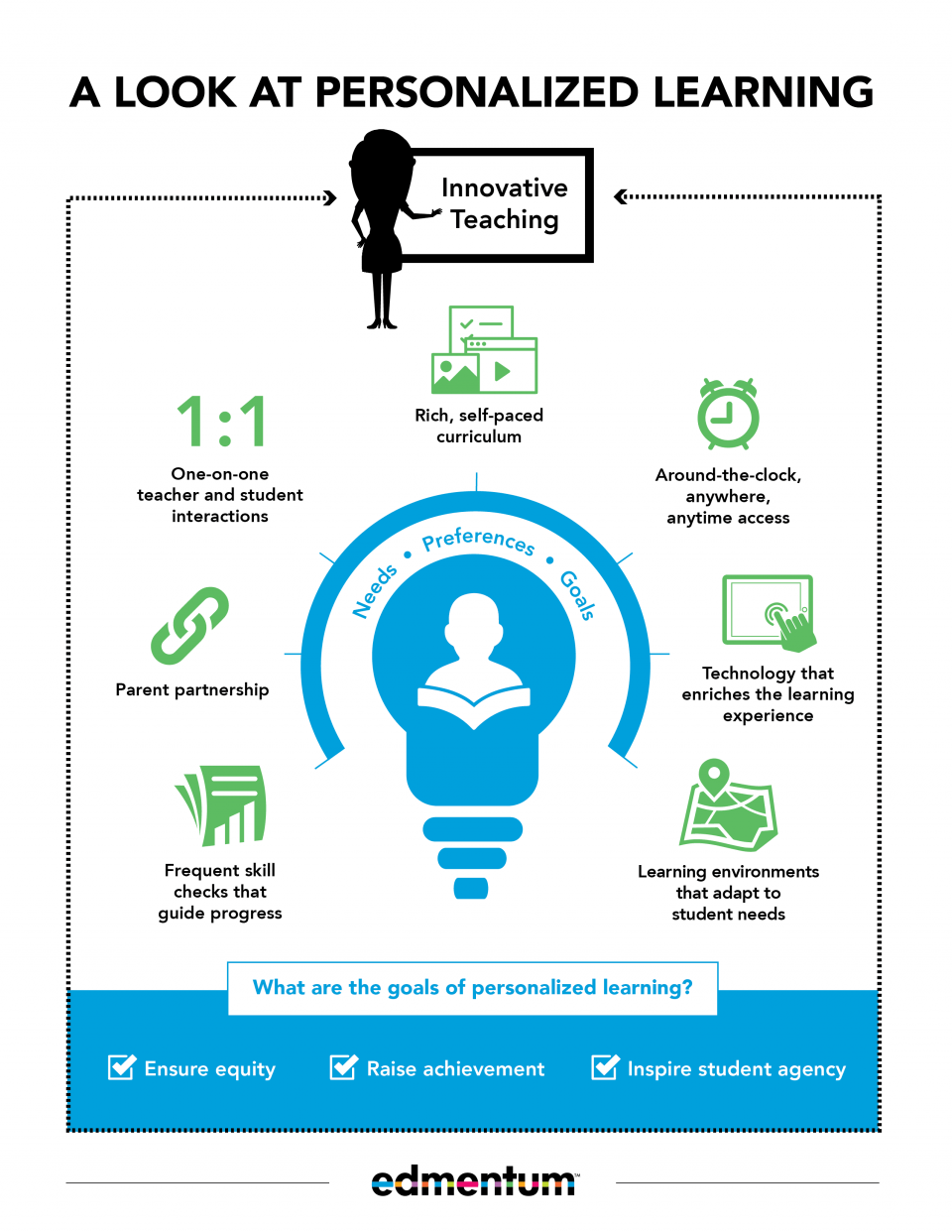

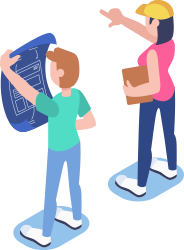
You can adjust your cookie preferences here.